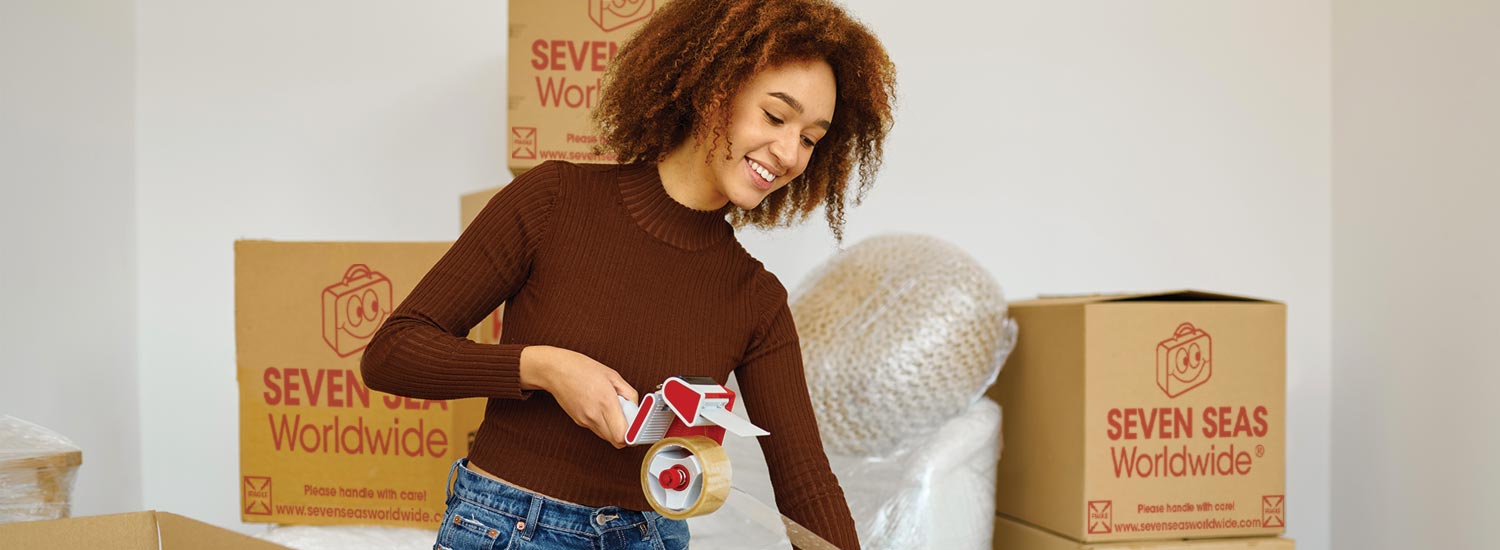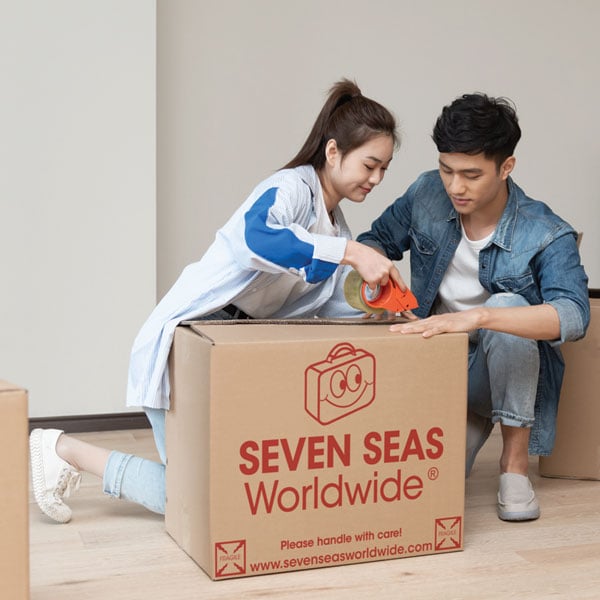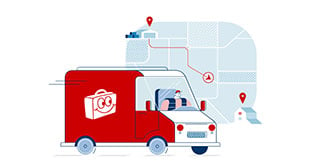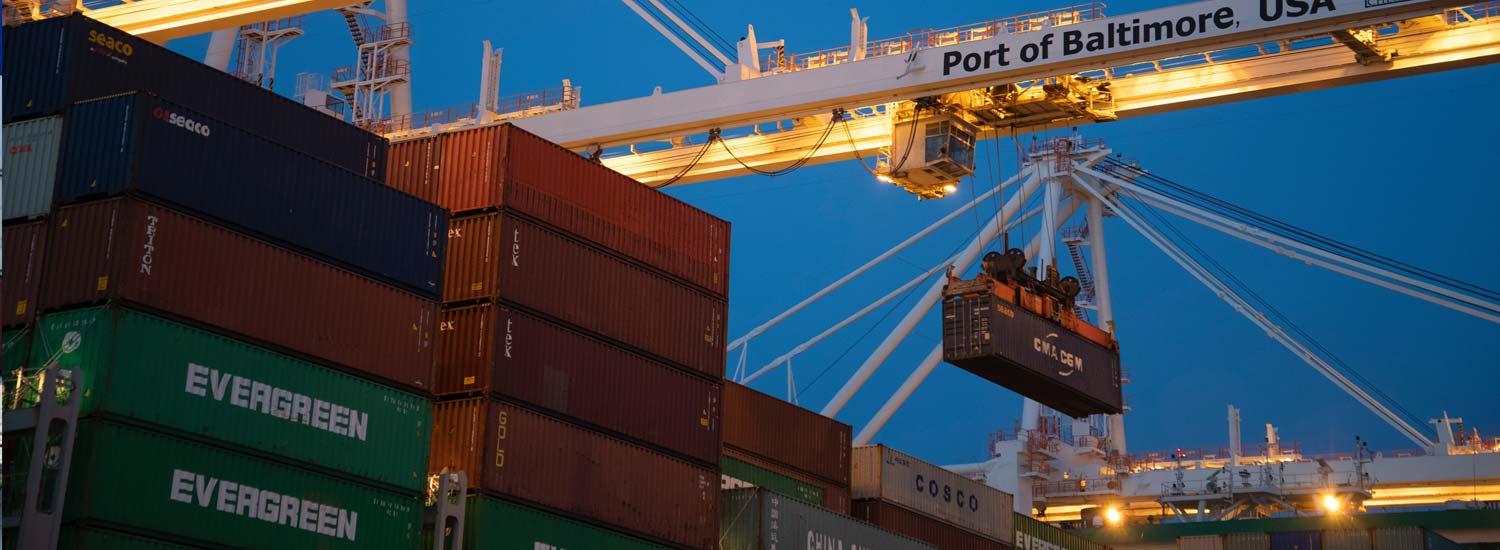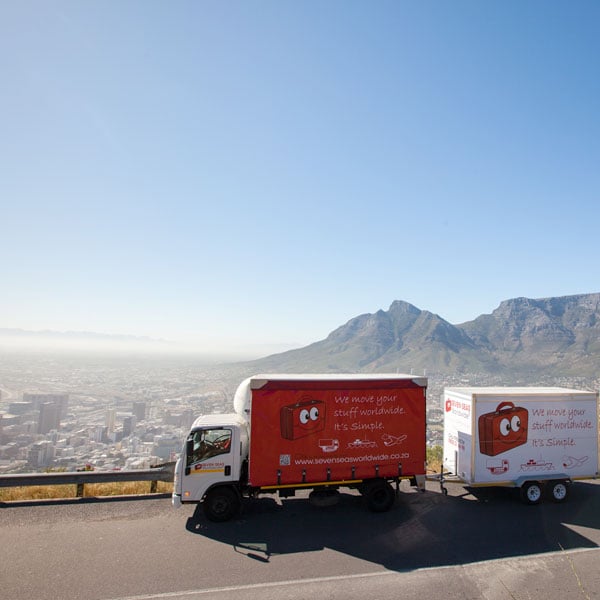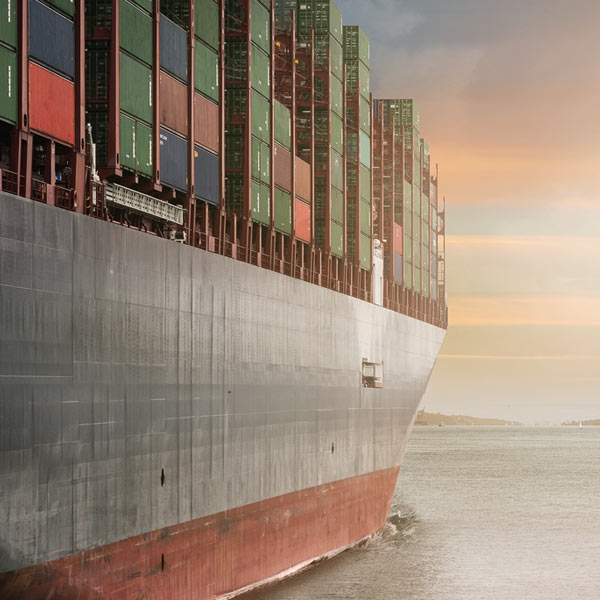Before packing, check this list of items prohibited from entering a particular country or region.
Transhipment refers to the transportation of cargo and containers moved from one vessel to another while in transit to the final destination.
A transhipment exists when there is no direct connection between two ports. For example, as Melbourne has no direct connection to Felixstowe, a vessel transports containers from Melbourne to Singapore first. Then, that cargo is loaded onto a second vessel from Singapore to its final destination in Felixstowe. In this instance, Singapore acts as the transhipment hub port whereby it connects the transportation of containers from their origin to the destination port.
Types of transhipment
There are two types of transhipment; silent and active. Both involve a stop at a hub between the port of origin and destination. However, the differences are:
- Silent transhipment: The container gets moved onto another vessel at the hub port without being unpacked. The new vessel then transports the container to its final destination.
- Active transhipment: The container is unloaded, and the cargo is loaded onto multiple transhipment vessels assigned to various final destinations.
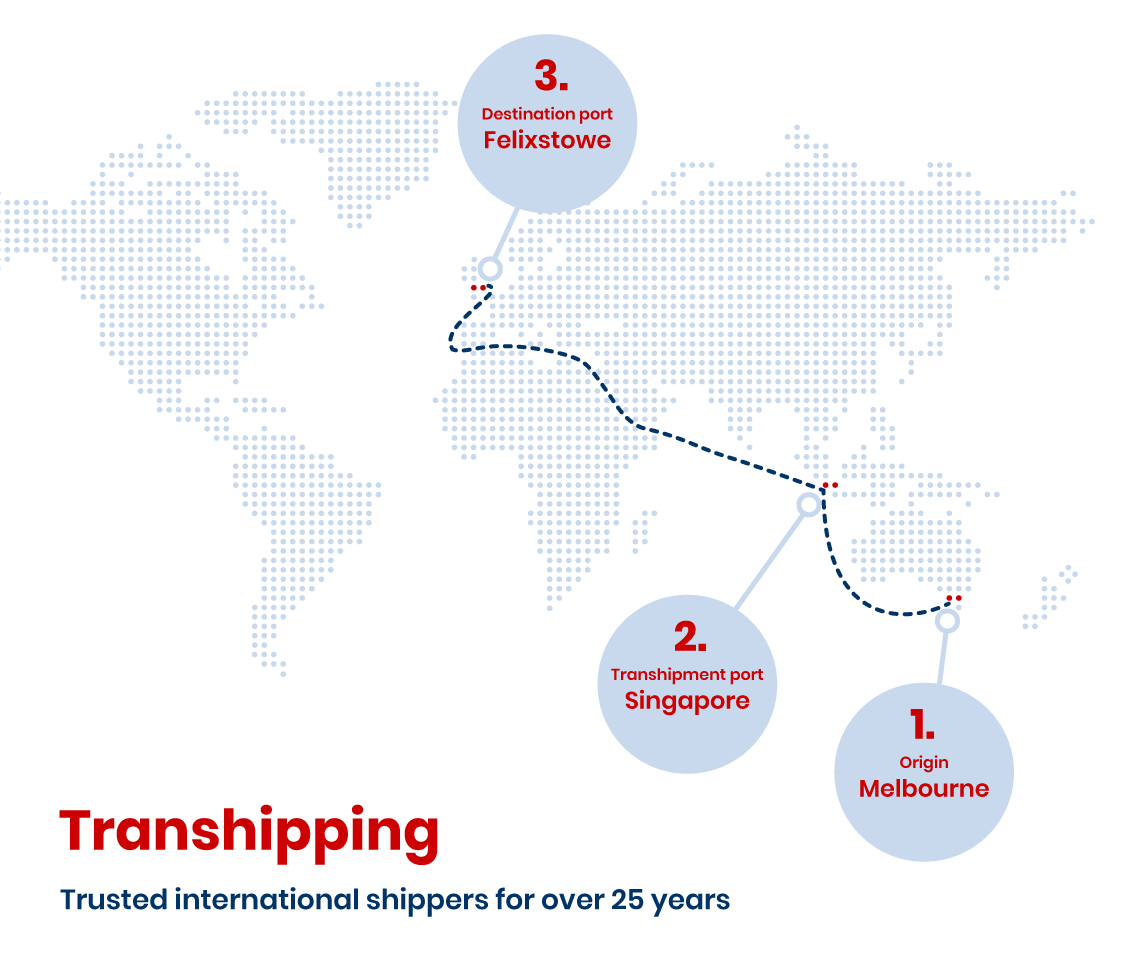
What’s the difference between direct shipment and transhipment?
A direct shipment goes between the two ports without offloading in between.
A transhipment involves the offloading of cargo between points A and B when there is no direct connection to the destination port. A transhipment makes sense when the intended port of destination is not available due to low tide or if the port cannot accommodate larger vessels.
How COVID-19 impacted transhipment ports across the globe
Some of the largest transhipment ports in the world such as Singapore were impacted by Covid-19 as they suffered severe workforce shortages due to port workers having to self-isolate. This resulted in port congestion due to a backlog of stacked containers, which subsequently led to ships diverting due to insufficient port capacity and storage space.
Another contributing factor was the rise in e-commerce and the increase in container volumes due to the growth of this market. With more people at home and not able to go out shopping, online orders surged; this led to transhipment ports having too many containers and not enough staff to cope with the demand.
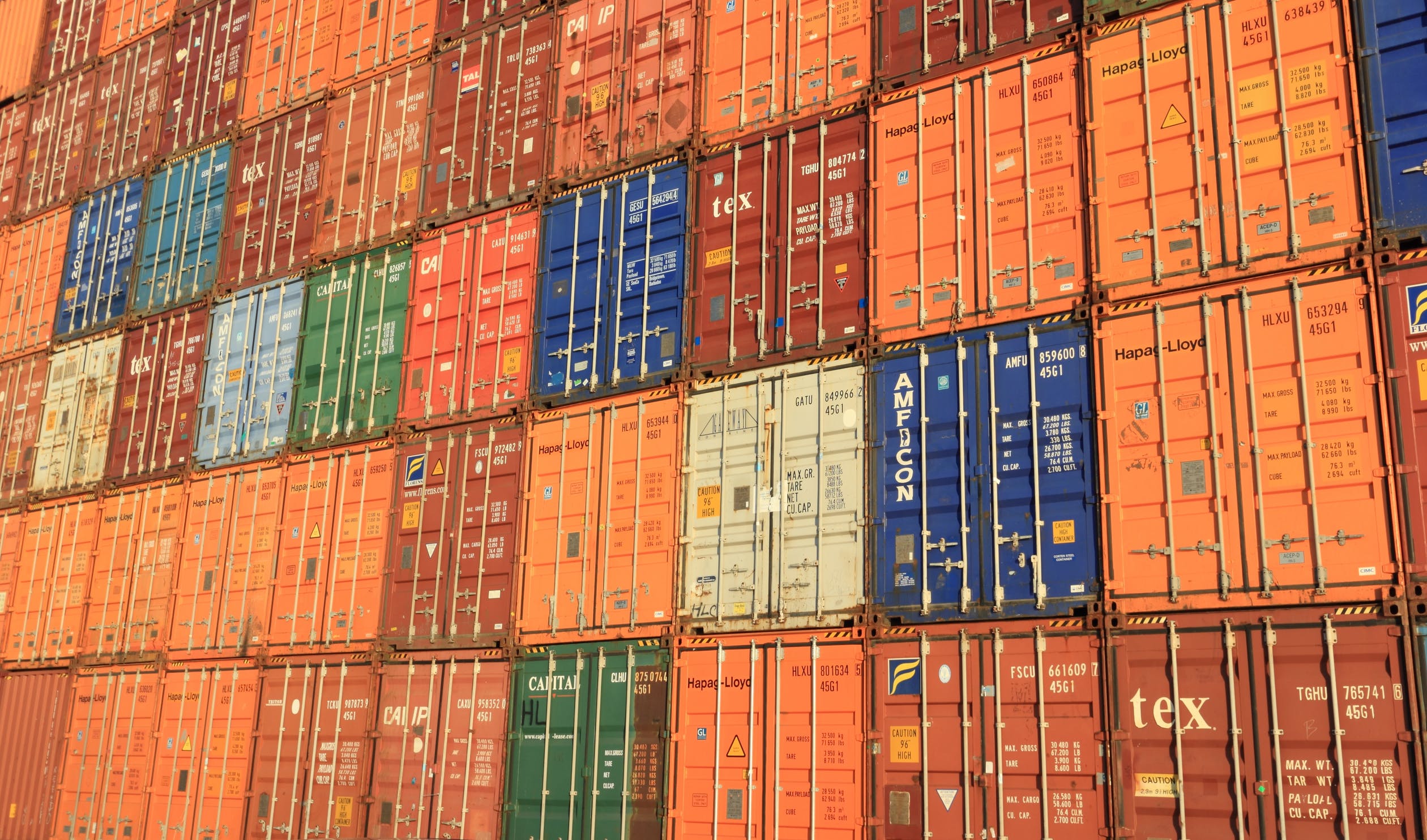
Our top 5 transhipping ports
Here are the top 5 transhipment ports we use to transport our customers belongings.

Hong Kong

Melbourne

Rotterdam

Singapore

Antwerp
